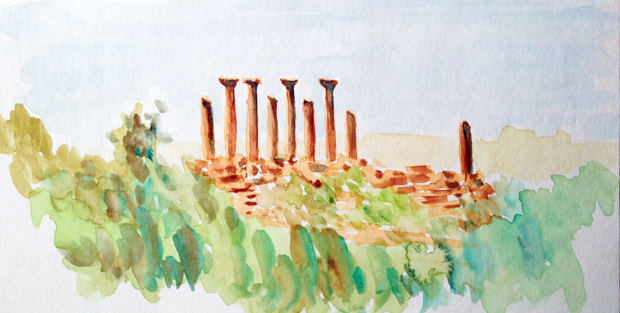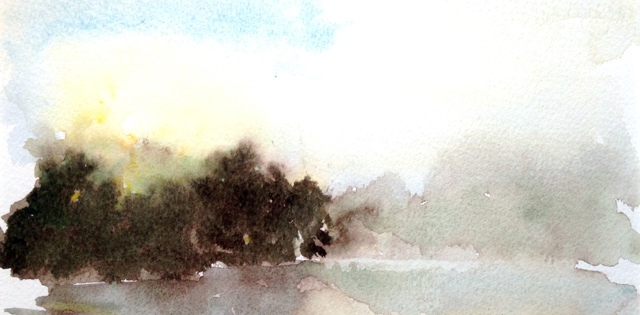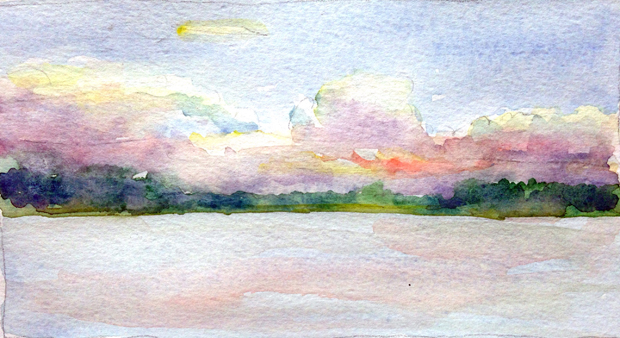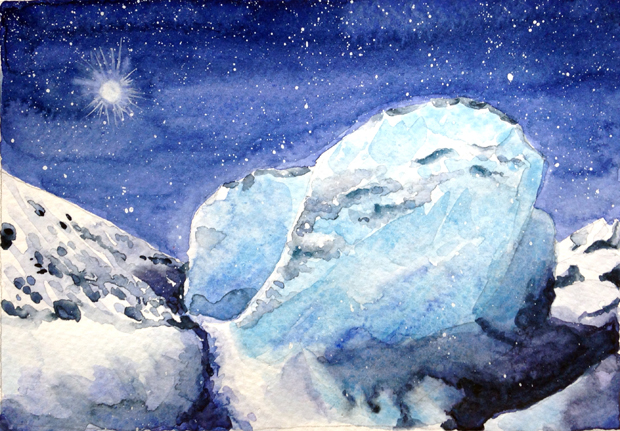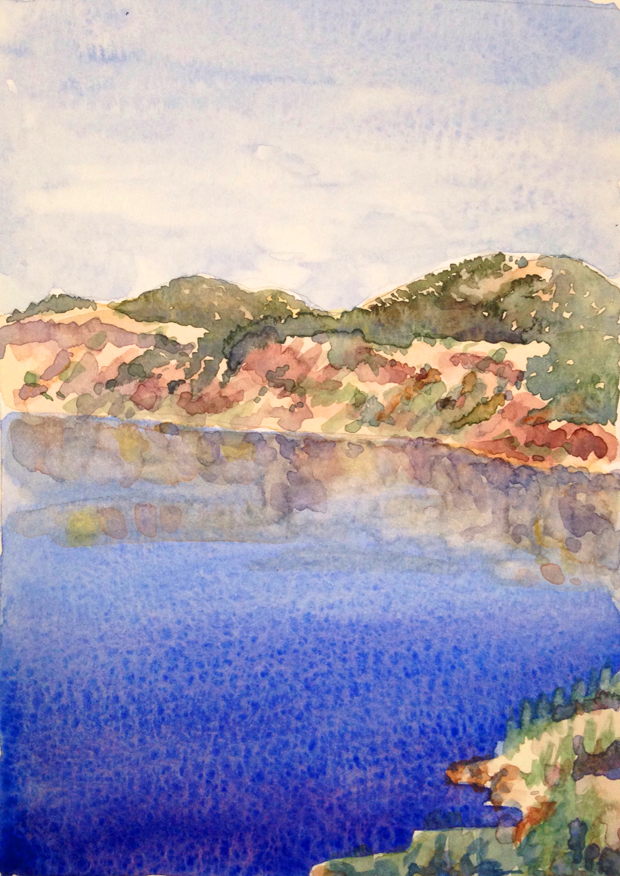“Logic only gives man what he needs… Magic gives him what he wants.” ~ Tom Robbins
When you steep a while in the world of Story, everything starts to seem a little less “real.” The line between fact and fiction becomes blurred. Even when I work with clients, their businesses and buildings can feel a bit staged, like a game we are all playing. I am aware that few—if any—of them see it that way, so I’m careful about what I say. The truth is, though, that I’ve always had a rather loose hold on reality, feeling more at home in a world of fantasy and imagination than in the hyper-competitive, fast-paced, dog-eat-dog world out there.
This may account for my proficiency at writing proposals and designing buildings. I can cast forward and imagine the shining whole, complete and beautiful. It’s the in-between stages that are more of a slog, with their constraints of budgets and code officials and physics. Slogging is what I was taught—what we were all taught—about turning ideas into reality. In recent years, I’ve been encountering and learning about other ways to do it, ways that reach me on an intuitive level but that mostly elude me on a practical level. These are ancient ways of relating to the world and tapping our human faculties that we moderns can learn even today. Continue reading


